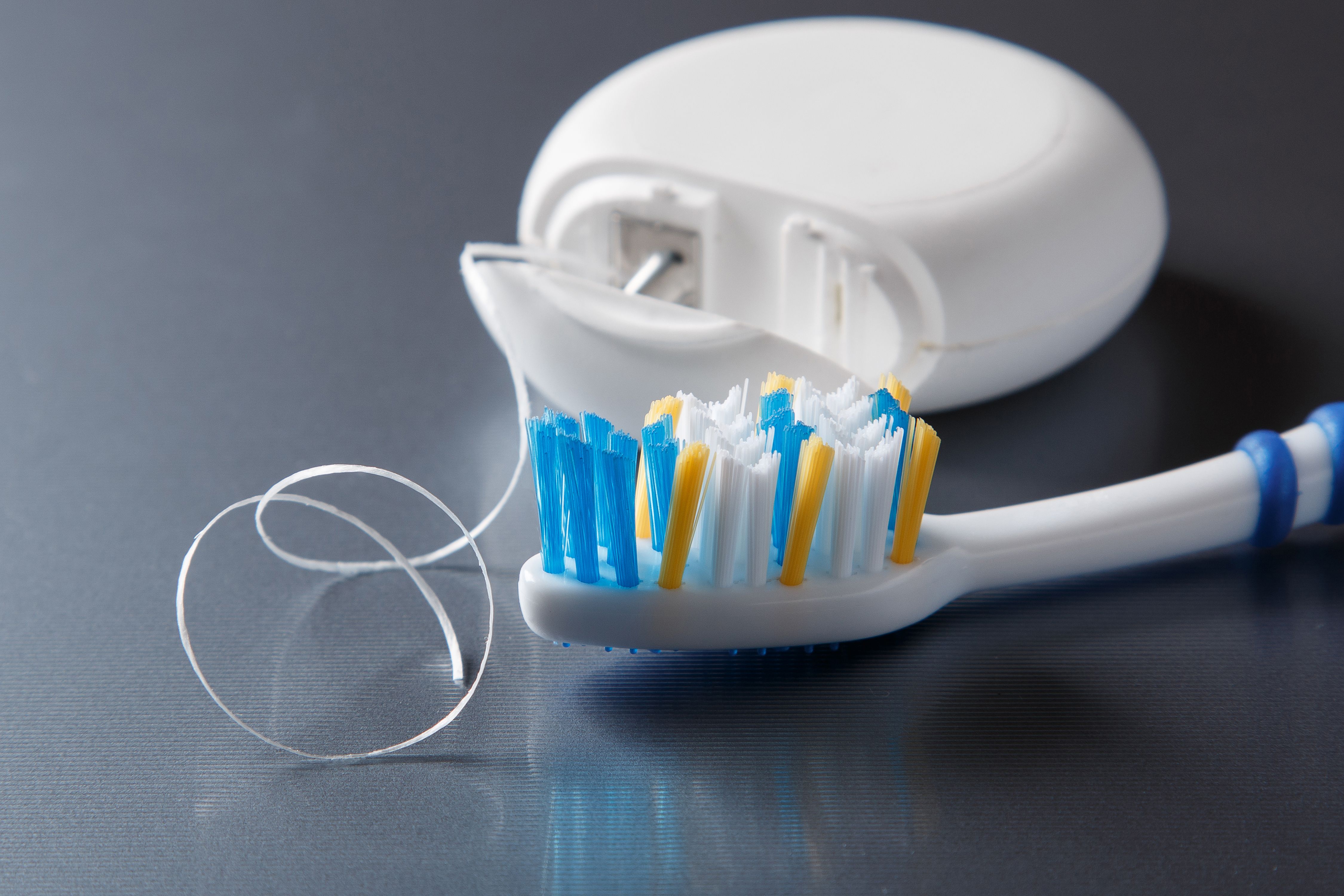Periodontal Disease and Prevention

Periodontal disease is one of the most common dental ailments we see in patients. In fact, over three million people in America suffer from this disease. Periodontal disease must be diagnosed by a medical professional and requires treatment from a medical professional. Never try treating it on your own.
What is periodontal disease?
Periodontal disease is a persistent infection of the gums that when not caught in time can spread to your jawbone. In addition to causing horrible breath, periodontal disease also destroys the ligaments and bone that hold your teeth in the jaw. Over time you’ll find that teeth loosen and eventually fall out.
What are the stages of periodontal disease?
The earliest stage of periodontal disease is known as gingivitis. This is characterized by red swollen gums that bleed when brushed. At this stage of the disease, reversal is possible. Through proper brushing and flossing, you can undo that damage that’s been done.
The second stage of the disease is periodontitis. At this stage the disease is irreversible. The supporting bones and tissues that hold your teeth in place have been damaged so much so that a pocket forms below the gum line. This pocket then collects food, which ultimately leads to more decay. While improved oral hygiene can help prevent further damage, you’ll need to see a dentist for real treatment.
The third and final stage of periodontal disease is also called advanced periodontitis. This stage is the worst and costs the most to treat. At this stage, a person’s teeth are usually falling out, and there’s extreme bone loss that requires bone grafts to treat, along with prosthetics like dentures or implants.
The best way to prevent periodontal disease is to maintain a healthy lifestyle. Brush regularly, floss, and see Dr. Laudie for twice yearly cleanings. This allows us to monitor your oral health and take note of any changes before they advance too far.
Scaling and Root Planing for Periodontitis
Scaling and root planing is essentially a deep cleaning that can help treat and stop the progression of periodontitis. Dr. Laudie performs root planing after examining your mouth, taking x-rays, and gauging the overall state of your mouth.
The goal of scaling and root planing is to remove the plaque, tartar, and calculus that lead to inflammation and infection. Scaling involves the removal of calculus and plaque on the tooth surface. It targets below the gum line by using an ultrasonic scaling tool to deliver an antimicrobial agent below the gums.
Root planing works by removing cementum and surface dentin that is embedded with toxins and bacteria. This helps to smooth the tooth’s surface, which helps with healing and prevent bacterial colonization.
After a scaling and root planing procedure, the doctor may prescribe antibiotics. These can help reduce the presence of bacteria and improve your chance of recovery in the long run.
These treatment methods are most successful when performed in the early stage of the disease before your ligaments and jaw structure are affected. In fact, with treatment in the early stages, you’ll likely see a complete recovery.
